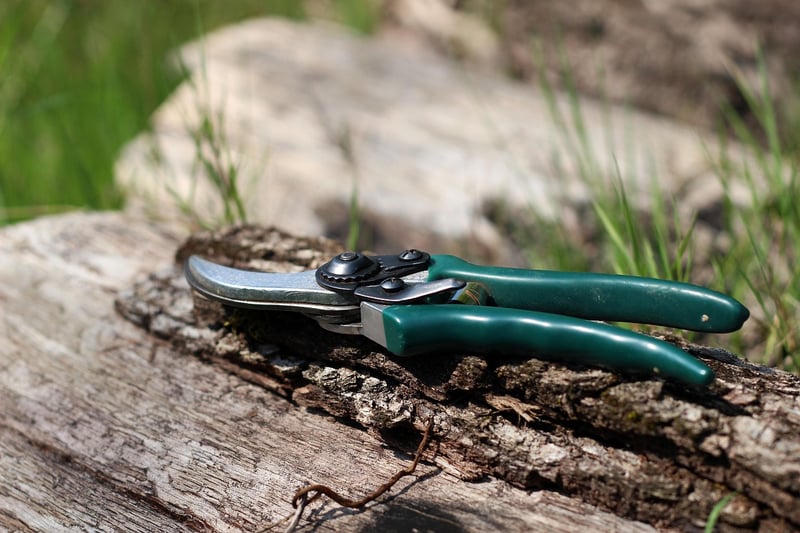Pruning Techniques
Essential Pruning Techniques for Ensuring Healthy Plant Growth
Pruning is a crucial practice for maintaining the health and vitality of your plants. By selectively removing specific parts of a plant, you can promote new growth, enhance flower or fruit production, and maintain overall plant shape and structure. Here are some essential pruning techniques to help you ensure healthy plant growth:
1. Remove Dead or Diseased Branches
Dead or diseased branches can hinder a plant's growth and spread infections. Use clean, sharp pruning shears to carefully cut these branches back to healthy tissue to prevent the spread of disease and stimulate new growth.
2. Shape and Control Growth
Pruning can help control the size and shape of a plant, ensuring it fits its designated space and promotes better air circulation and light penetration. Trim back excessive growth to maintain an attractive and manageable appearance.
3. Encourage Flowering and Fruiting
Removing spent flowers or fruiting branches can redirect the plant's energy into producing new flowers or fruits. Prune after the flowering season to encourage a more abundant bloom the following year.
4. Thinning Out
Thinning out overcrowded branches allows for better air circulation and light exposure within the plant. This reduces the risk of diseases and promotes healthy growth throughout the entire plant.
5. Heading Back
Heading back involves cutting back the tips of branches to stimulate new growth and create a fuller, bushier plant. This technique is often used on shrubs and hedges to promote denser foliage.
6. Timing is Key
It's essential to prune plants at the right time to maximize their growth potential. Research the specific pruning requirements of each plant species, as timing can vary based on whether a plant blooms on old or new wood.
7. Tools of the Trade
Invest in high-quality pruning tools, such as bypass pruners, loppers, and pruning saws, to ensure clean cuts that promote faster healing and reduce the risk of disease transmission between plants.
By incorporating these pruning techniques into your gardening routine, you can help ensure healthy plant growth, vibrant blooms, and bountiful harvests. Remember to always prune with purpose and precision to maximize the benefits for your plants.

For more information on pruning techniques and plant care, visit Royal Horticultural Society.
